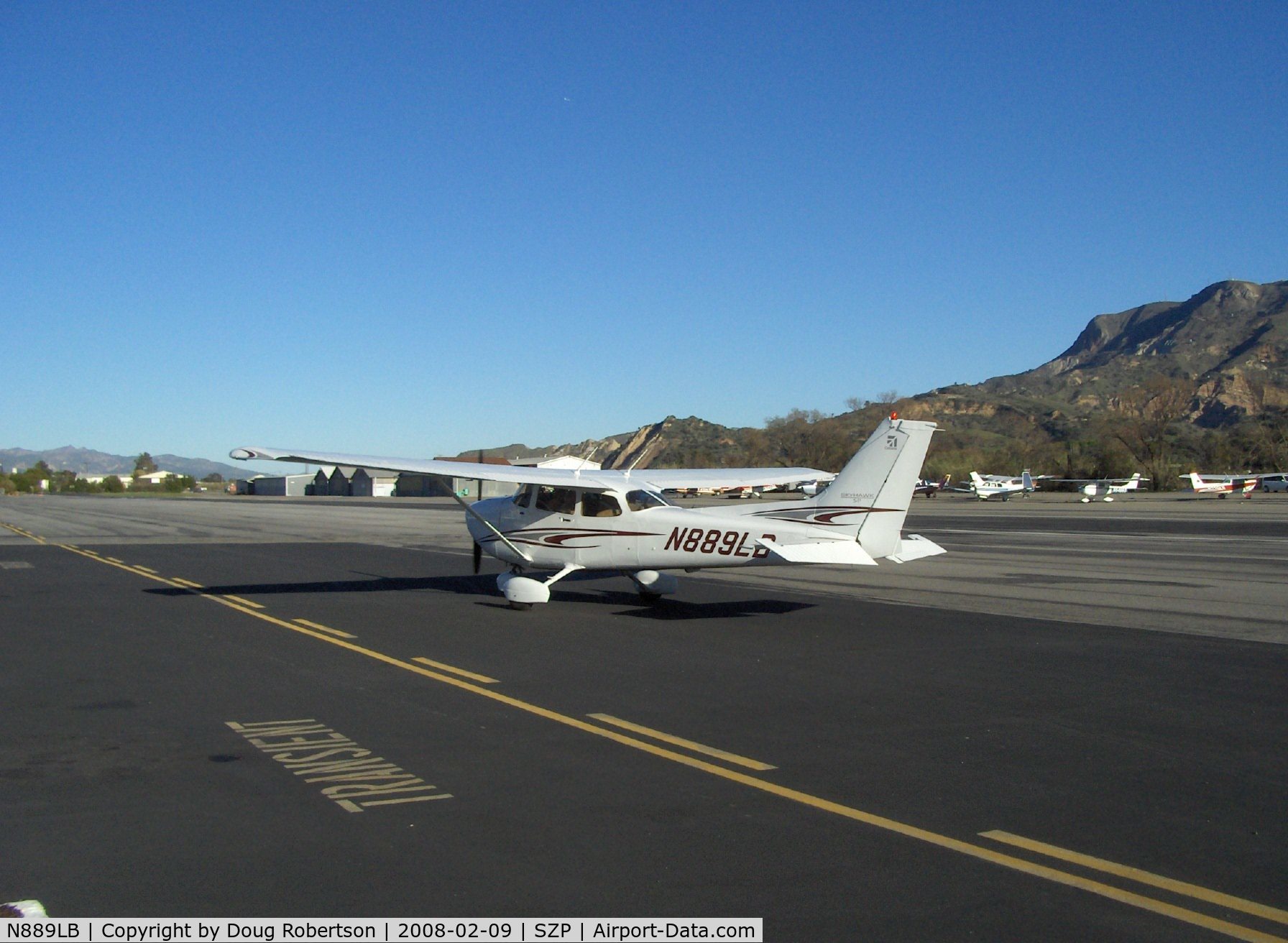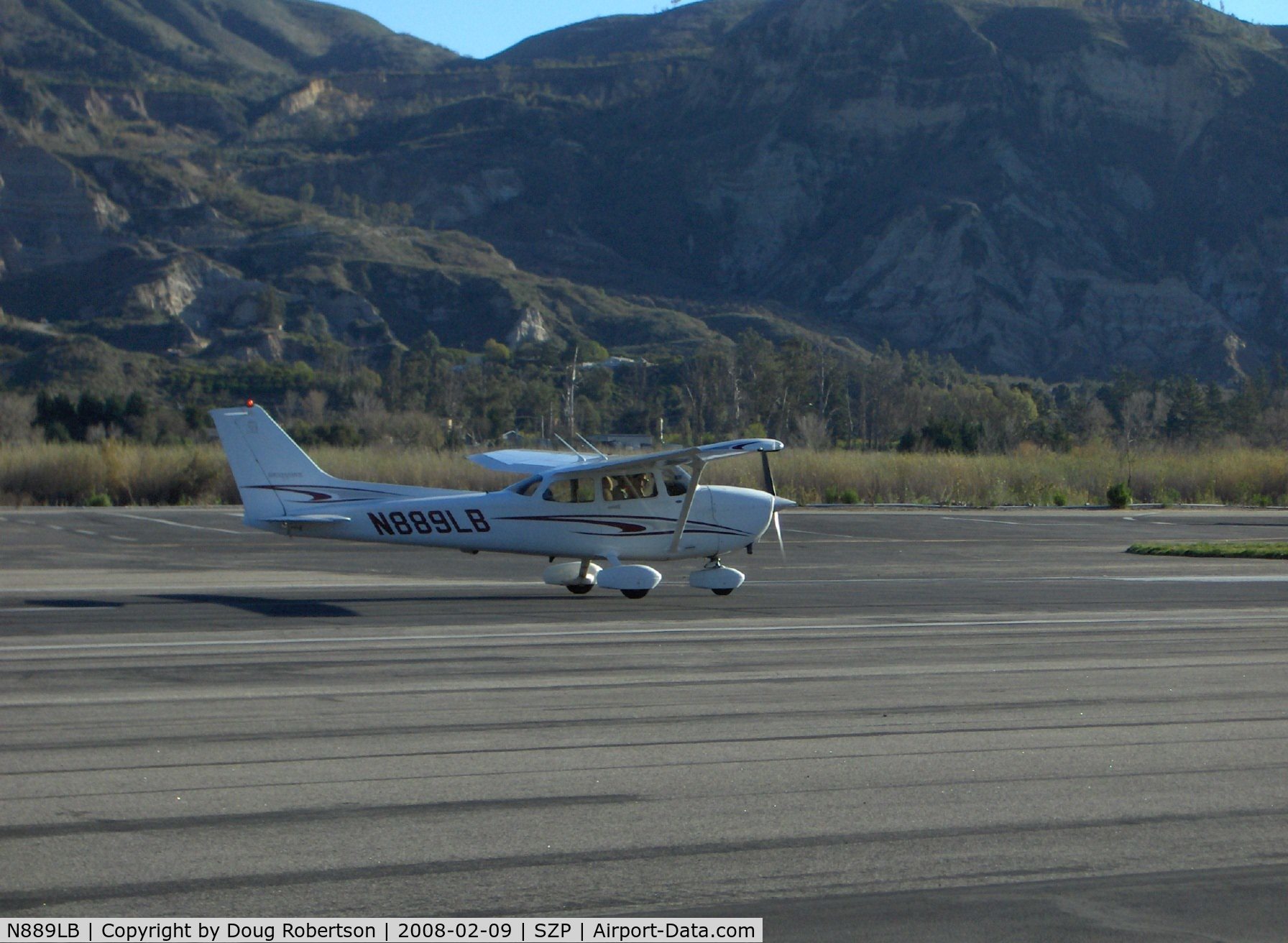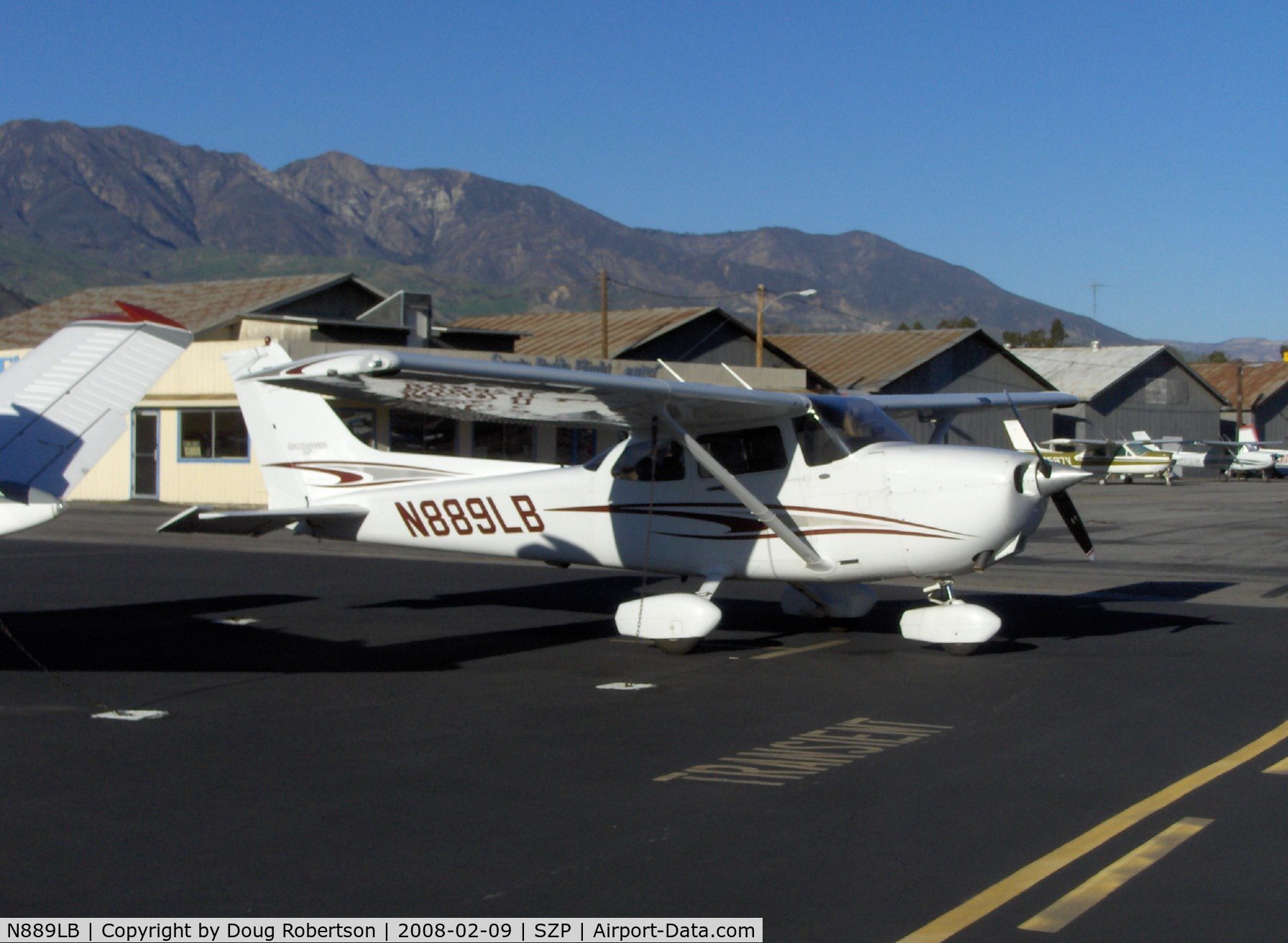- True Altitude:
- This is the altitude MSL. Mean sea level. The way I remembered this was think of true as the True altitude you are at before you would impact the ocean. This is usually the same when flying at a constant altitude. As the sea level does not raise or lower. It stays at a set point. The only time this would change is when climbing or descending.
- Absolute Altitude:
- This is the altitude AGL. Above ground level. The way I remembered this was to think of absolute as the absolute altitude before impacting the ground. This is always changing. Think of it as a laser beam that is shot straight at the ground and read back the altitude. As you pass over the mountain this would get shorter. As your absolute altitude is changing with the variations in elevation of the ground beneath you.
- Pressure Altitude:
- This is the altitude when you set the altimeter to 29.92” Hg. This would be true altitude under normal conditions. Doesn’t get much simpler than that.
- Density Altitude:
- This is the Pressure altitude corrected for Non Standard conditions. Such as if it is warmer or colder than standard temperature. This is where the airplane thinks its flying. If an airport is at 800’ but density altitude is 2000’, the airplane thinks it’s at 2000’ just sitting on the ground. This is extremely important on hot day in high altitudes, as this may cause you not to become airborne. Or take a lot more runway to become airborne but also greatly effects performance.
- Indicated Altitude:
- The altitude indicated when the altimeter is set to the current barometric pressure at MSL. Simply put if the altimeter setting is supposed to be set to 29.99” and you set this in your altimeter, than the indicated altitude would be whatever the altimeter tells you the altitude is.
Air density is perhaps the single most important factor affecting aircraft performance. It has a direct bearing on:
- The lift generated by the wings — reduction in air density reduces the wing's lift.
- The efficiency of the propeller or rotor — which for a propeller (effectively an airfoil) behaves similarly to lift on wings.
- The power output of the engine — power output depends on oxygen intake, so the engine output is reduced as the equivalent "dry air" density decreases and produces even less power as moisture displaces oxygen in more humid conditions.
- Aircraft taking off from a "hot and high" airport such as the Quito Airport or Mexico City are at a significant aerodynamic disadvantage. The following effects result from a density altitude which is higher than the actual physical altitude:
- The aircraft will accelerate slower on takeoff as a result of reduced power production.
- The aircraft will need to achieve a higher true airspeed to attain the same lift - this implies both a longer takeoff roll and a higher true airspeed which must be maintained when airborne to avoid stalling.
- The aircraft will climb slower as the result of reduced power production and lift.













No comments:
Post a Comment